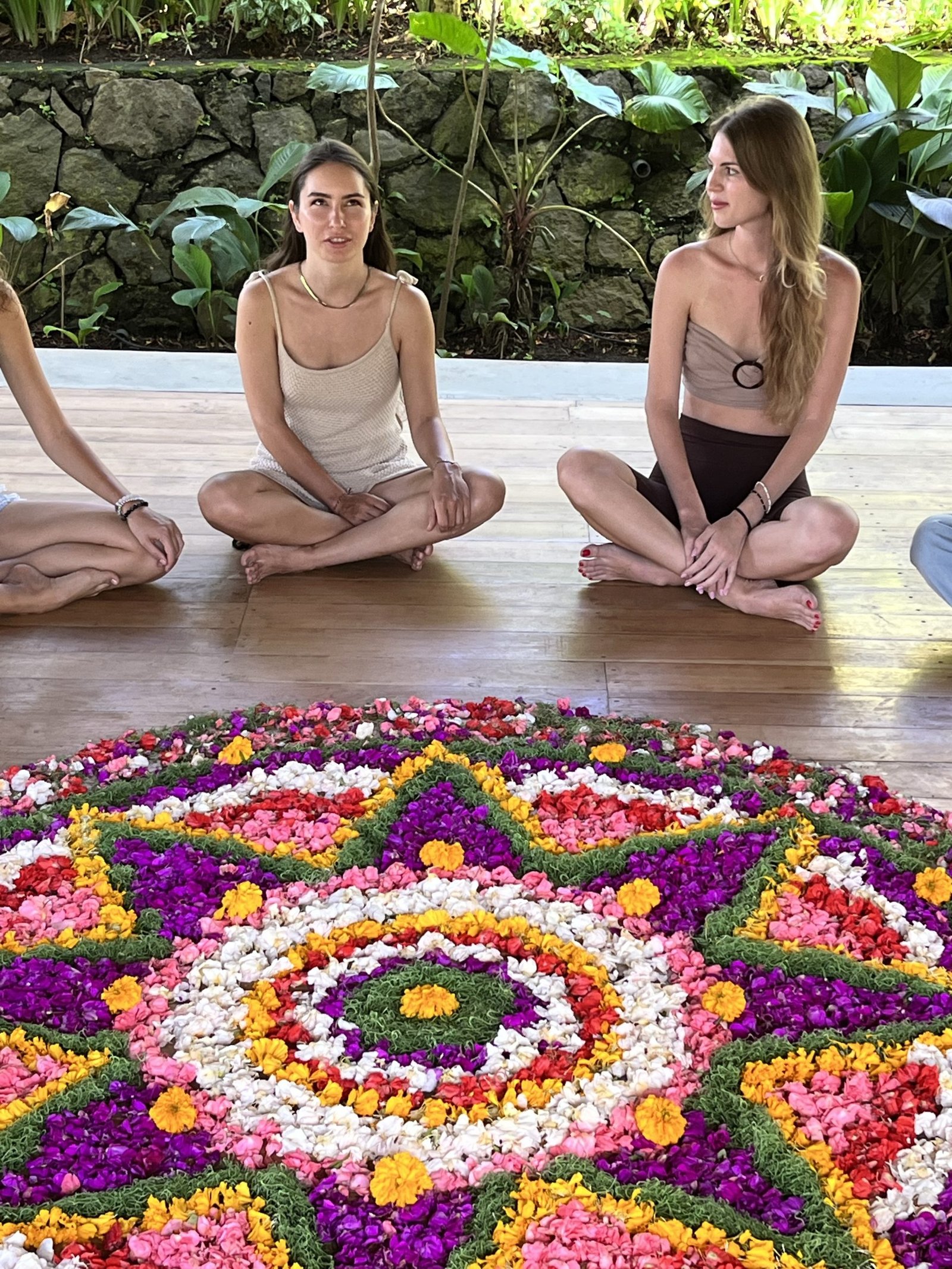Tantra, a profound spiritual practice, has been an intrinsic part of Indian culture for centuries. Rooted in ancient texts like the Vedas and enriched by the teachings of sages and mystics, Tantra has undergone a transformation in India over the years. This evolution has shaped its perception, practice, and impact on individuals seeking spiritual enlightenment and holistic well-being. In this article, we delve into the history, principles, and contemporary relevance of Tantra transformation in India, exploring its transformative power in the lives of practitioners.
The Ancient Roots of Tantra
The origins of Tantra can be traced back to the early centuries of Indian civilization. The term “Tantra” is derived from the Sanskrit words “tanoti,” meaning to expand, and “trayati,” meaning to liberate. It is a holistic approach to spirituality that emphasizes the integration of mind, body, and spirit. Tantric practices can be found in various ancient Indian texts, including the Vedas, Upanishads, and Puranas, where they are often depicted as esoteric and symbolic rituals.
Tantric Philosophy and Principles
Central to Tantra is the belief in the divine presence within all beings and the universe. This cosmic energy, known as Shakti, is considered the driving force behind creation, preservation, and dissolution. Tantra seeks to awaken and harness this energy to achieve spiritual growth and enlightenment.
Tantric philosophy embraces the concept of non-dualism, which asserts that there is no fundamental distinction between the individual self (Atman) and the universal consciousness (Brahman). This realization is central to achieving spiritual liberation and oneness with the divine.
Transformative Practices
Tantra employs a diverse range of practices to facilitate spiritual growth and transformation. These may include meditation, mantra chanting, breathwork (pranayama), yoga asanas, ritualistic ceremonies, and visualizations. Additionally, Tantric practitioners engage in practices such as puja (devotional worship), yantra and mantra recitation, and the study of sacred texts.
One of the distinctive features of Tantra is its acknowledgment and integration of both the light (Shiva) and dark (Shakti) aspects of existence. This acknowledgement of duality enables practitioners to embrace all aspects of themselves, leading to a deeper level of self-acceptance and spiritual growth.
The Role of Guru-Shishya Parampara
Traditionally, Tantra was transmitted from teacher (guru) to disciple (shishya) through an oral tradition known as the guru-shishya parampara. This intimate and personal transmission of knowledge and practices ensured that the teachings were passed down with purity and authenticity. However, in contemporary times, the availability of written texts and digital resources has broadened access to Tantric knowledge, allowing more individuals to explore its transformative potential.
The Evolution of Tantra in Modern India
In recent decades, Tantra has experienced a resurgence in popularity and interest in India. This resurgence is partly attributed to the efforts of contemporary spiritual leaders and organizations that seek to revive and reinterpret Tantric practices for modern audiences. These modern interpretations often emphasize the integration of Tantra with other spiritual traditions, such as yoga, Ayurveda, and meditation, creating a holistic approach to well-being.
Tantra and Holistic Well-being
One of the profound impacts of Tantra in modern India is its contribution to holistic well-being. By integrating physical, mental, and spiritual practices, Tantra offers a comprehensive approach to health and vitality. Through practices like yoga, meditation, and conscious breathing, individuals can experience a heightened sense of awareness, reduced stress, and improved overall health.
Conclusion
The transformation of Tantra Transformation in India reflects its enduring relevance in the spiritual landscape of the country. From its ancient roots to its modern interpretations, Tantra continues to inspire seekers on their journey towards self-realization and spiritual enlightenment. By embracing the principles of Tantra and incorporating its transformative practices into their lives, individuals in India and beyond can tap into the profound potential for holistic well-being and spiritual growth that Tantra offers.

